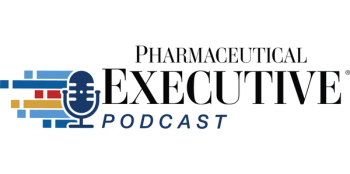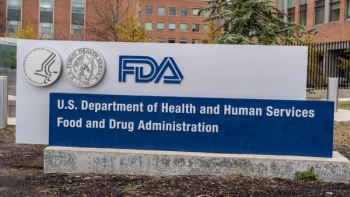
- Pharmaceutical Executive-10-01-2018
- Volume 38
- Issue 10
FDA Launches Major Push for New Antimicrobials
The regulator teams with other health agencies on strategies to combat antibiotic resistance, reshape R&D incentive schemes.
The critical need for new medicines to combat infectious diseases that fail to respond to current medical treatment is prompting FDA to join with other federal health agencies and the biomedical research community to advance the science, regulatory policies, and reimbursement strategies to support innovation in this area. A main problem is that current payment and coverage policies for new drugs encourage widespread use of the
product to generate a sufficient return on investment to companies sponsoring research on new treatments. But to remain effective against lethal pathogens, new antimicrobials need to be used very sparingly, cutting revenues in the process.
These financial obstacles have curbed industry investment in developing new antimicrobials. The Pew Charitable Trusts reports that as of June only
To address this crisis, FDA commissioner Scott Gottlieb recently unveiled a 2019 Strategic Approach for Combatting AMR (antimicrobial resistance) at a meeting last month organized by Pew. The plan includes policies and programs to encourage development of new drugs, diagnostic tests and vaccines; to promote responsible stewardship of antimicrobials in animals and humans; to improve surveillance of antimicrobial use and resistance; and to advance research for developing new tools, standards and policies in this area.
Reimbursement critical
Key to spurring innovation in this field is to devise new reimbursement strategies to support the development of products that would be prescribed and used on a highly limited basis. In a
To maintain a robust pipeline for antibiotics, Gottlieb recognized the need to “change the perception that the costs and risks of antibiotic innovation are too high relative to their expected gains.” One proposal is a subscription-based model that charges hospitals a flat rate or licensing fee for access to a certain number of doses each year of a new antimicrobial. By creating a predictable revenue stream, this kind of “pull incentive,” Gottlieb explained, would “create natural markets for drugs targeted to rare but dangerous, multi-drug resistant pathogens that can threaten human health.”
FDA is working on pilot programs or demonstrations of such reimbursement strategies with the Centers for Medicare and Medicaid Services (CMS) and other health and research agencies, such as the Gates Foundation, the Center for Medicare and Medicaid Innovation, and the Biomedical Advanced Research and Development Authority (BARDA), along with insurers and payers. These might include add-on payments for new technology, including antibacterials drugs that meet public health needs.
FDA’s initiative for combatting AMR also includes a new
To advance regulatory science in this area, the Office of Antimicrobial Products in the Center for Drug Evaluation and Research (CDER) has requested input from stakeholders on developing an annual list of science initiatives likely to spur development of new antimicrobial products. In June, FDA issued draft guidance to help manufacturers utilize the Limited Population Pathway for Antibacterial and Antifungal Drugs (LPAD) in developing new therapies. The program was authorized by the 21st Century Cures Act, but has been challenging for both sponsors and FDA to implement. The guidance describes how sponsors may seek approval of qualifying treatments for small numbers of seriously ill patients based on data from smaller, shorter or fewer clinical trials.
In addition, the Center for Biologics Evaluation and Research (CBER) is promoting development of non-traditional alternatives to small molecule drugs, including bacteriophages, live biotherapeutics and fecal microbiota for transplant. CBER also is exploring vaccines to prevent infections caused by microbes resistant to current treatment, which ideally would reduce the risk of infections that require treatment with new antimicrobials.
Jill Wechsler is Pharmaceutical Executive’s Washington Correspondent. She can be reached at
Articles in this issue
about 7 years ago
Pharm Exec's Emerging Pharma Leaders 2018about 7 years ago
Choosing the Right Track: Pharma & Healthcare MBAsabout 7 years ago
Getting Where You Need to Goabout 7 years ago
Vienna’s Vision on Health Regulation in Europeabout 7 years ago
Pharmaceutical Executive, October 2018 Issue (PDF)about 7 years ago
Medical Affairs’ Search for MeaningNewsletter
Lead with insight with the Pharmaceutical Executive newsletter, featuring strategic analysis, leadership trends, and market intelligence for biopharma decision-makers.





